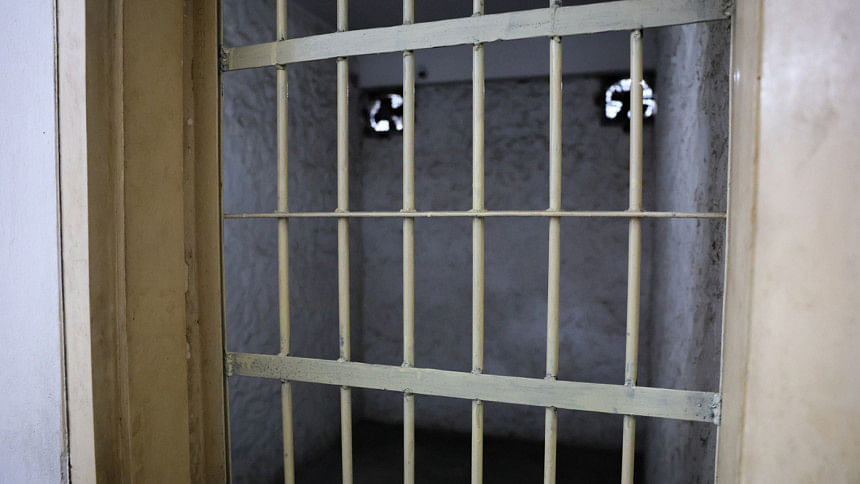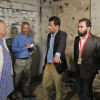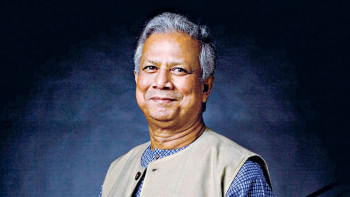Why not banish Aynaghars?

The revelations about Aynaghar—the secret detention centres where victims of enforced disappearances were tortured—are chilling enough on their own. Yet, what has been uncovered is only a small part of the horrifying reality that once existed behind those walls. Enforced disappearances have long been a dark stain on Bangladesh's history, with Aynaghar standing as one of the most harrowing symbols of this systemic abuse.
On February 12, Chief Adviser Muhammad Yunus, his team, and some victims visited three such sites, revealing for the first time the torture cells. What they found, however, was even more disturbing—most of the cells had been altered. According to survivors, the small, suffocating rooms that once held captives had been expanded, new walls erected, and every surface repainted, as if to erase the sufferings.
These were not innocent renovations. They were calculated efforts to destroy evidence. The very fact that these places had been altered to elicit a question—how much worse was it before the changes? The original walls held the last traces of those who vanished—scratches, bloodstains, daycounts and silent testimony. Now, these marks are hidden beneath layers of paint.
According to The Daily Star report, survivors like Humam Quader Chowdhury and Iqbal Chowdhury have brought this horror to life. Forcibly taken away in 2016 and released in 2017, Humam was part of Yunus's entourage. He recognised the cell where he was held at the Joint Interrogation Cell (JIC) in Kachukhet. Despite being blindfolded during his captivity, he found his cell by counting the steps he used to take. He even spotted the spot on the wall where he had carved his initials.
Iqbal, held in the JIC between 2018 and 2019, identified two rooms as his cells. One, now painted pink, was his main cell, where hundreds of writings on the walls had been painted over. The other, a smaller cell with rugged white walls, was where he was interrogated for three weeks.
These are not just stories; they are evidence of the atrocities committed in Aynaghar. The fact that survivors like Humam and Iqbal can still identify their cells, speaks volumes about the scale of the horror and the failure of the cover-up.
The timing of these alterations makes this cover-up even more sinister. They took place after the fall of the Sheikh Hasina government, raising grave concerns that the agencies that executed these enforced disappearances continue to operate. Who had access to these sites after August 5, 2024? Who had the power to order such changes once the government that built, what have come to be known as 'Aynaghar'?
Clearly, this is not the work of rogue individuals alone but part of a larger network—a system that has enabled enforced disappearances, illegal detentions, and torture for years.
What is even more alarming is that these changes occurred under the watch of the interim government—a government that promised transparency and justice. If the interim government is truly committed to the people, how did such blatant destruction of evidence occur right under its nose? While it may face obstacles in uncovering the truth, its inaction so far raises serious questions about its commitment.
The victims, their families, and the nation have waited long for justice. The atrocities of the previous regime are being tried in the courts and will, hopefully, be prosecuted thoroughly. If the interim government is truly committed to humanity, it will at least initiate to install a system that will not allow our law enforcers to turn against us.

 For all latest news, follow The Daily Star's Google News channel.
For all latest news, follow The Daily Star's Google News channel. 









Comments